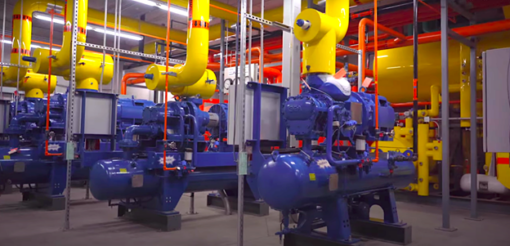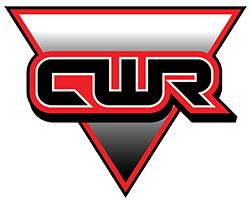Maintaining Optimal Temperatures in Your Industrial Refrigeration System: Causes and Solutions

Maintaining consistent temperatures is paramount for industrial refrigeration systems, as they are responsible for ensuring the safety, quality and longevity of perishable goods. However, operators frequently encounter the vexing challenge of fluctuating temperatures, which can compromise food safety standards, lead to product loss and incur significant costs.
Let’s look further into the causes of temperature fluctuations in commercial refrigeration systems, as well as offer practical solutions to mitigate these issues, thereby safeguarding your inventory and bottom line.
Understanding the Causes
Several factors contribute to temperature fluctuations in industrial refrigeration systems, including:
- Frequent door openings. Regular access to refrigeration units, necessary for stocking and retrieving products, allows warm air to enter, disrupting the internal temperature.
- Packing too many items in a unit can obstruct airflow, leading to uneven cooling and hot spots.
- Improper sealing. Damaged seals or gaskets on doors can allow cold air to escape and warm air to infiltrate, reducing efficiency.
- Inadequate maintenance. Failing to regularly service components like condensers, evaporators and fans can impair a system’s ability to maintain stable temperatures.
- Ambient temperature variations. Changes in the surrounding environment, particularly in outdoor or poorly insulated settings, can affect the internal temperature of refrigeration units.
Mitigating Temperature Fluctuations
To combat the challenges posed by temperature fluctuations, consider the following strategies:
Implement Regular Maintenance Checks
Routine maintenance is crucial for identifying and addressing issues before they lead to temperature instability. This includes cleaning condenser coils, checking refrigerant levels, inspecting door seals and ensuring that fans and evaporators are functioning correctly.
Optimize Stocking Practices
Avoid overstocking and understocking. Maintain an organized layout that allows for optimal airflow within the unit. Consider rotating stock and using open shelving to facilitate even cooling.
Invest in High-Quality Insulation
Enhancing the insulation of your refrigeration units and the surrounding environment can significantly reduce the impact of external temperature variations. This might involve upgrading your units or improving the insulation of your facility.
Use Automated Monitoring Systems
Technology can play a pivotal role in maintaining consistent temperatures. Automated monitoring systems can alert you to temperature deviations in real-time, allowing for swift action to rectify any issues.
Train Staff on Best Practices
Educating your team on the importance of minimizing door openings, properly stocking refrigerators and promptly reporting problems can help in maintaining optimal temperatures.
Consider Upgrading Equipment
If fluctuations persist despite your best efforts, it may be time to invest in newer, more efficient refrigeration systems. Modern units are designed with advanced features to combat temperature variability effectively.
Servicing Your Commercial Refrigeration System
Fluctuating temperatures in commercial refrigeration systems pose a significant challenge, but with the right strategies, they can be effectively managed. By understanding the underlying causes and implementing proactive measures, your business can ensure the safety and quality of your products, minimize waste and optimize operational efficiency.
To schedule maintenance on your industrial refrigeration system, contact Central Washington Refrigeration today. We service refrigeration systems of all complexities throughout Washington state, as well as Idaho and Oregon. We can also design and build new, custom systems that better meet your needs.
